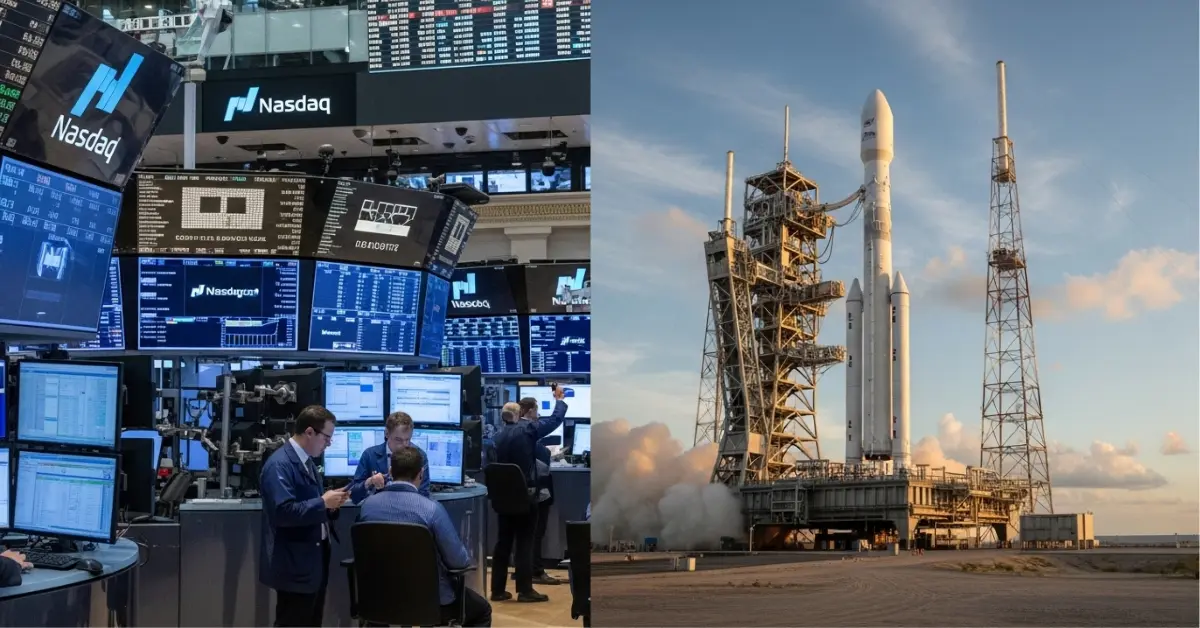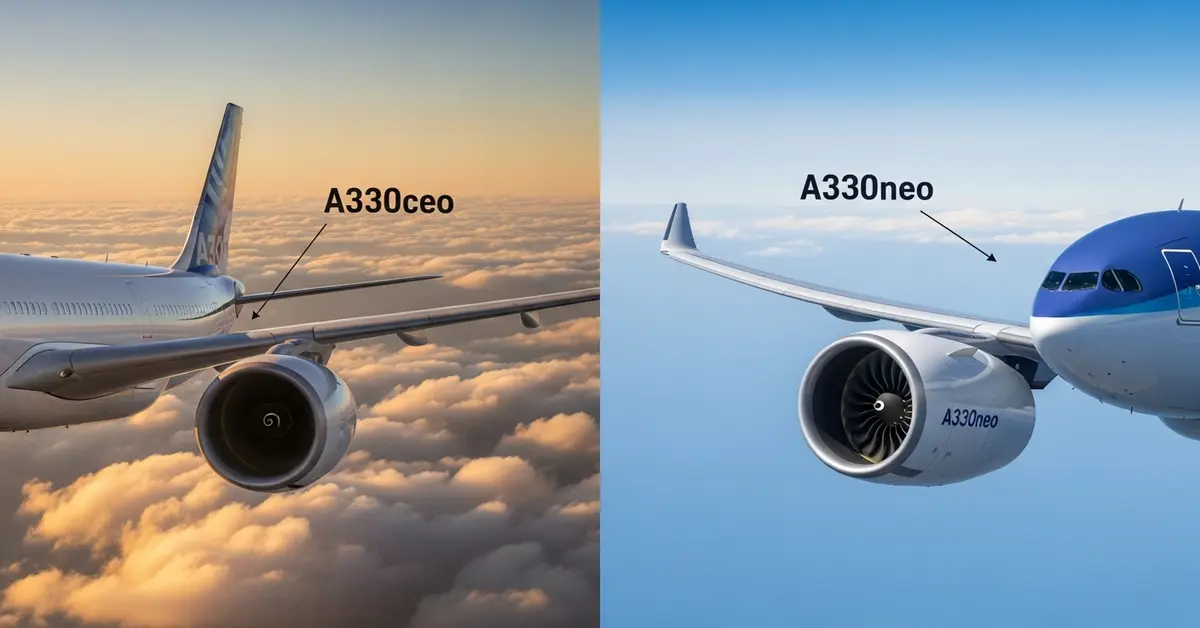Firefly Aerospace is getting ready to go public. That means they will offer shares of their company for anyone to buy on a stock market. They want to raise money so they can pay off debt, build more rockets and spacecraft, and keep growing. They filed important paperwork with the U.S. Securities and Exchange Commission (SEC) to start this process.
What is Firefly Aerospace ?
Firefly Aerospace is an American space company based in Cedar Park, Texas, founded in 2017. It develops cost effective and reliable space transportation systems, including the Alpha small lift rocket, the upcoming Eclipse medium lift rocket, the Blue Ghost lunar lander, and Elytra orbital transfer vehicles. Firefly Aerospace strives to expand access to space by delivering innovative, cost efficient solutions tailored for commercial enterprises, government agencies, and defense operations. The company has achieved milestones like a successful commercial Moon landing and partnerships with NASA and the U.S military, and it went public on Nasdaq in 2025 under the ticker FLY.
Firefly Aerospace IPO Filing
In mid July 2025, Firefly Aerospace filed a Form S-1, announcing plans to list on the Nasdaq Global Market under the symbol FLY. The filing didn’t reveal the share count or price but named top banks like Goldman Sachs, J.P. Morgan, Jefferies, and Wells Fargo as lead underwriters, with support from Morgan Stanley and others. Based in Cedar Park, Texas, Firefly builds rockets like Alpha and spacecraft such as the Blue Ghost lunar lander, which made a historic private Moon landing in March 2025. Going public opens ownership to all investors, though AE Industrial Partners will retain significant control.
Preparing the IPO: Price Ranges and Roadshow

After filing the S-1, Firefly launched its “roadshow” in late July. A roadshow is when company leaders travel and present to investors, showing why the company is worth investing in. That helped them get feedback and figure out how much investors might pay per share.
Initially, Firefly Aerospace anticipated pricing its shares between $35 and $39 each, planning to release 16.2 million shares, with an additional 2.43 million shares available for purchase by underwriters through a 30 day option. If sold at that range, Firefly could raise up to $599 million.
But as investor interest grew, Firefly increased the price range to $41 to $43 per share. That would raise up to about $697 million, and lift Firefly’s company value past $6 billion.
IPO Pricing, Launch, and Nasdaq Debut
However, the company ultimately priced the offering at $45 per share, increasing the total to 19.296 million shares sold. The banks also had the option to sell another 2.89 million shares if needed.
Trading officially commenced on August 7, 2025, when Firefly made its debut on the Nasdaq stock exchange under the ticker symbol FLY. The deal closed the next day, August 8, assuming all usual conditions were met.
They raised about $868 million in total. This marked Firefly’s IPO as the largest space technology listing in the U.S. for 2025.
First Day Market Reaction
Firefly’s stock debuted with a splash:
- It opened at $70, meaning early buyers paid about 56% more than the $45 IPO price.
- It later closed at about $60.35, a gain of 34% from the IPO price.
That immediate jump in price shows strong investor demand and positive market sentiment. On that day, Firefly’s market value soared toward $8 to $8.6 billion, depending on which estimate you use.
Firefly Aerospace IPO at a Glance
|
Aspect |
Details |
|
Stock Exchange |
Nasdaq Global Market |
|
Ticker Symbol |
FLY |
| IPO Filing Date |
July 11, 2025 |
|
IPO Date |
August 7, 2025 |
| Final IPO Price |
$45 per share |
|
Funds Raised |
$868 million |
What will Firefly do with the Money?
Firefly said it will use the net proceeds from the IPO for:
- Paying down debt (Firefly had around $150 to $173 million in debt, including term loans with relatively high interest).
- Covering unpaid dividends on certain preferred stock shares.
- General corporate purposes, like research and development, operations, and scaling growth.
Why This IPO Matters in the Space Industry?
Firefly’s public listing comes at a time when investors are getting excited about space related businesses. Its success adds momentum to this growing trend, joining other IPOs like Figma, CoreWeave, Karman Holdings, and Voyager Technologies.
Firefly stands out for several reasons:
- It made the first soft lunar landing by a U.S. commercial company with Blue Ghost in March 2025.
- It has a strong contract pipeline around $1.1 billion in backlog from clients like NASA, the U.S. Defense Department, Lockheed Martin, and Northrop Grumman.
- It is building and testing rockets with unique features like Alpha for rapid launches, and Eclipse, a medium launch rocket being developed with Northrop Grumman.
- It aims to expand space access by supporting lunar missions, satellite services, and future space infrastructure.
As a publicly traded company, Firefly can now raise more capital more easily, build partnerships, and gain visibility in the market.
FAQs
1. What is Firefly Aerospace’s IPO?
Firefly Aerospace’s IPO is when the company offers its shares to the public for the first time. This lets anyone buy ownership in the company through the Nasdaq stock exchange under the ticker symbol FLY.
2. When did Firefly Aerospace go public?
Firefly Aerospace made its debut on the Nasdaq stock exchange on August 7, 2025, launching public trading after setting its share price at $45 apiece. The offering raised about $868 million.
3. Why did Firefly Aerospace choose to go public now?
Firefly decided to go public after achieving major milestones like its successful Moon landing in March 2025. The IPO gives them new capital to pay off debt, expand projects, and take on more contracts.
4. How much money did Firefly raise from the IPO?
Firefly raised approximately $868 million from its IPO, making it the largest spacerelated IPO in the U.S. for 2025.
5. What will Firefly Aerospace use the IPO funds for?
The funds will be used to pay down around $150 to $173 million in debt, cover dividends on preferred stock, and invest in operations, research, and future space missions.
6. What makes Firefly Aerospace different from other space companies?
Firefly is the first U.S. commercial company to land on the Moon. It also has over $1.1 billion in contracts with clients like NASA and the U.S. Defense Department, and it builds unique rockets and lunar landers designed for fast, flexible launches.
Conclusion
Firefly Aerospace’s IPO marks a major milestone in the company’s journey from a private space startup to a publicly traded leader in the aerospace sector. By raising $868 million through its Nasdaq debut under the ticker FLY, Firefly has secured the funding needed to pay off debt, invest in research, and expand its operations. Its achievements, such as the first U.S. commercial Moon landing, showcase its innovative capabilities and market potential.



